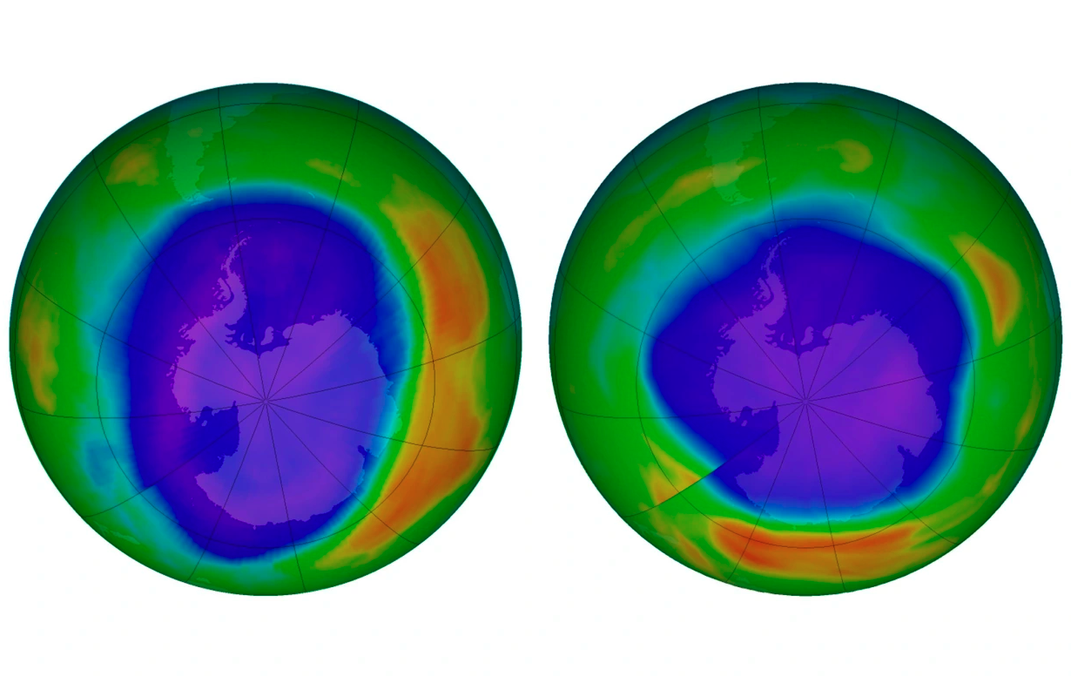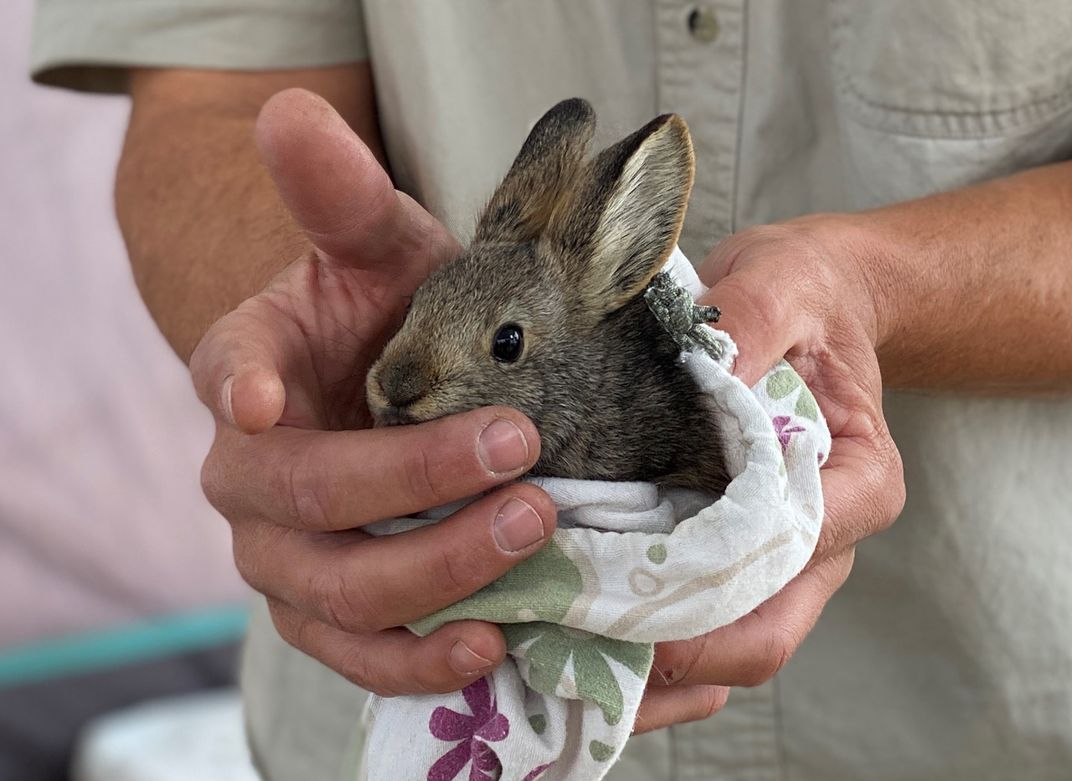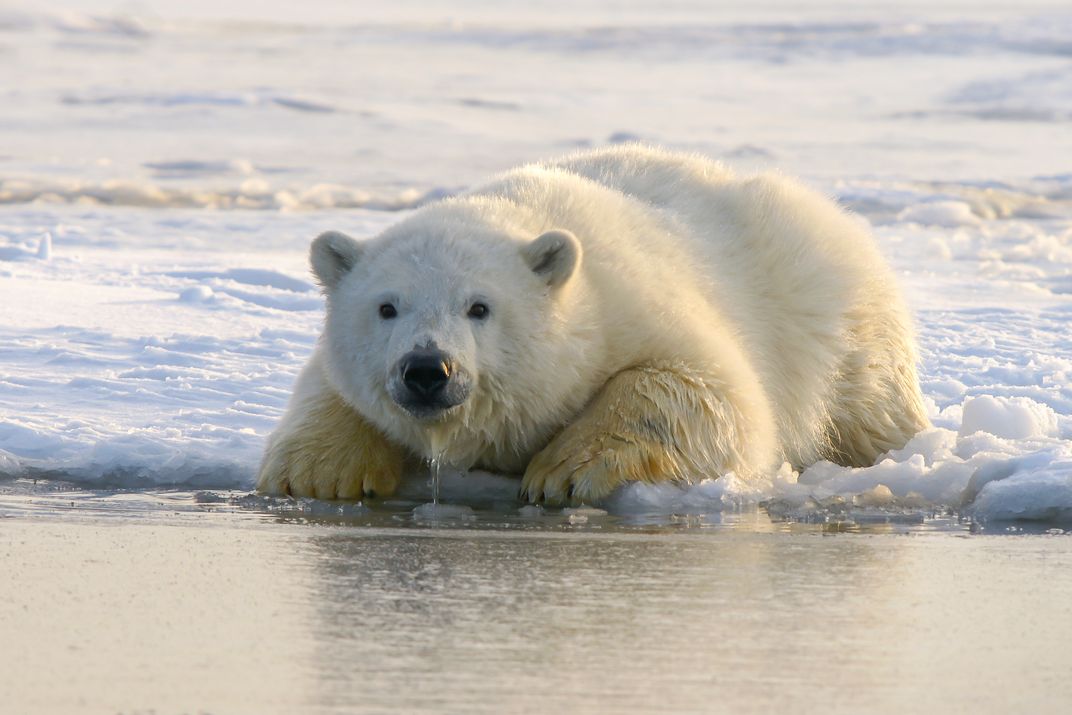Bunnies, Bears and Other Stories to Beat the January Blues
Five recent scientific success stories to cheer you up on a dreary day ⛅️
As the excitement of welcoming a new year wears off, January’s days can start to drag. We pulled together a few of our favorite scientific success stories from this month as motivation to face the next eleven!
From evaluating a global investment in our planet that’s starting to pay off, to discovering biodiversity in surprising places, here’s what gave us Earth Optimism in January:
1. The Ozone Hole Is on Track to Mend Itself Within Decades
The United Nations found that Earth’s ozone layer is slowly beginning to heal itself after decades of phasing out the harmful chemicals that depleted it. Following the discovery of an ozone “hole” above the poles in the 1980’s, the global community came together to design the Montreal Protocol and stop the worst offenders from continuing to erode the planet’s natural defenses against solar radiation. Estimates suggest that these measures have also helped avoid 0.5°C of global warming, and the success of ozone-protection efforts could inspire further climate action.

2. “Barren” Underwater Sand Flats More Biodiverse Than We Thought
When thinking about ocean life, most people picture bustling coral reefs or swaying seagrass meadows. However, new research indicates that sand flats – the seemingly empty stretches of open seafloor between the more vibrant-looking ecosystems – are home to more species than expected. Scientists from the Smithsonian Environmental Research Center and the MarineGEO program report that sand flats in Belize harbor the highest percentage of unique species that don’t appear in nearby tropical habitats. The team suggests that this surprising biodiversity needs to be considered when designing marine protected areas and other conservation actions.

3. Farmers May Not Have to Choose Between Crops and Solar Panels
Farmland and energy plants can both take up a lot of space, but thanks to innovative new “agrivoltaic” strategies, communities may soon be able to get their food and fuel from the same places. Building photovoltaic (PV) panels on agricultural land can generate clean solar power while shielding crops – and the thirsty soils that sustain them – from the harshest sunlight during the hottest part of the day. Researchers around the world are working with farmers to refine their techniques so they can both feed and power our planet far into the future.

4. Can Scientists Save the World’s Tiniest Rabbit?
The Columbia basin pygmy rabbit is roughly the size of a softball and weighs less than a pound, but they’re tough enough to thrive in the “sagebrush sea” of central Washington. However, with farms and ranches encroaching on their habitat, and wildfires burning through what’s left, their population dwindled dramatically in the early 2000’s. Thanks to a captive breeding program, pygmy rabbits are bouncing back, so researchers are working with ranchers to find ideal habitat and better prepare captive-born bunnies for life in the wild.

5. Five Revolutionary Technologies Helping Scientists Study Polar Bears
We still have a lot to learn about polar bears, from how they survive in some of the harshest ecosystems on the planet to how they’re adapting to our rapidly changing climate. Since they spend most of their lives on solitary journeys across treacherous sea ice, though, it can be challenging for researchers to find the answers we need. Thanks to advanced tools – including tracking devices that stick to fur like a burr, radar and AI models that can find bears from afar, and even bear-sized treadmills and pools to measure their movements in captivity – we’re discovering new ways to protect polar bears and their frozen home.


